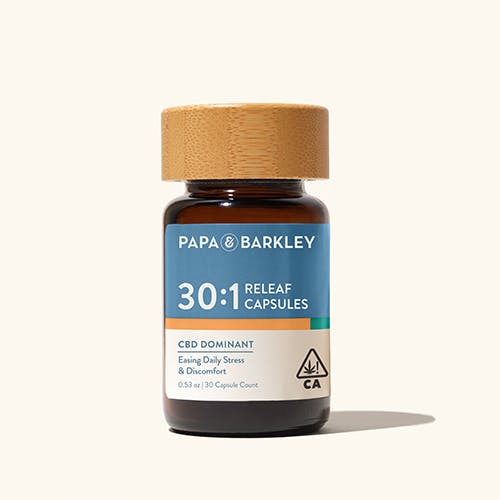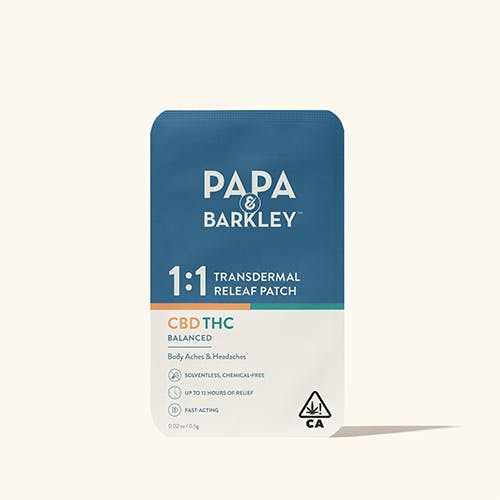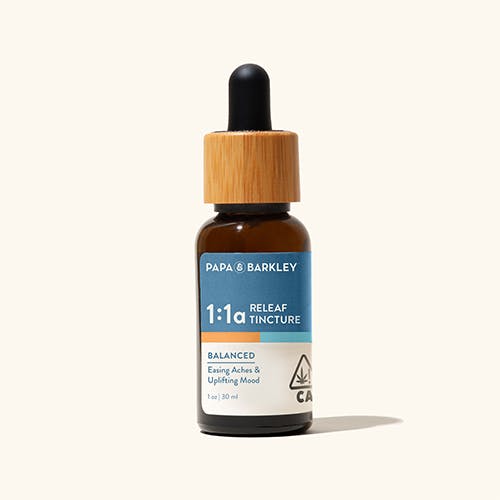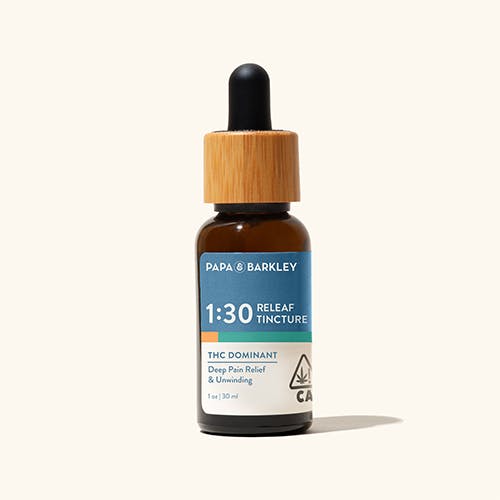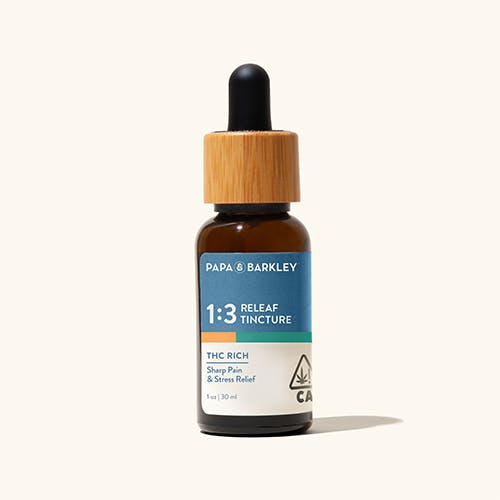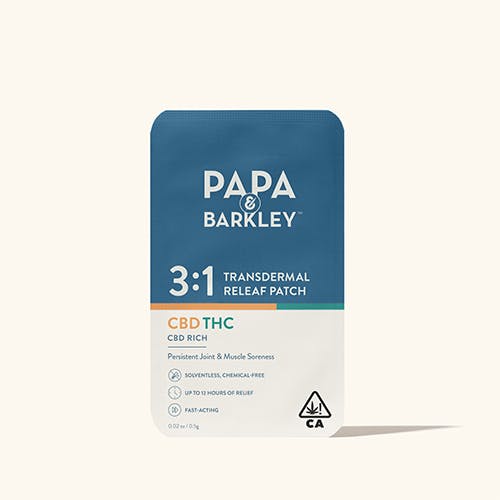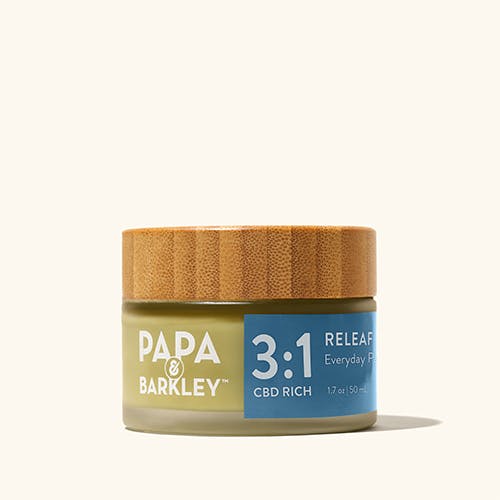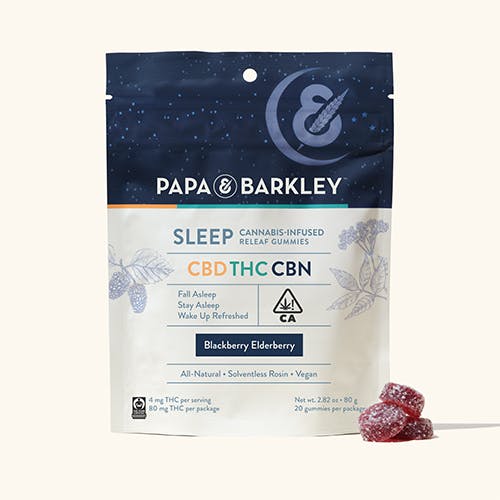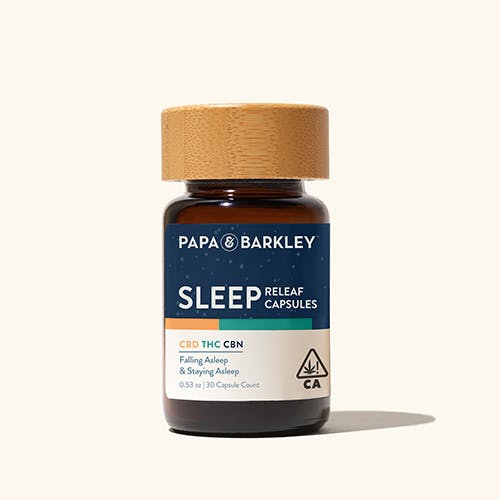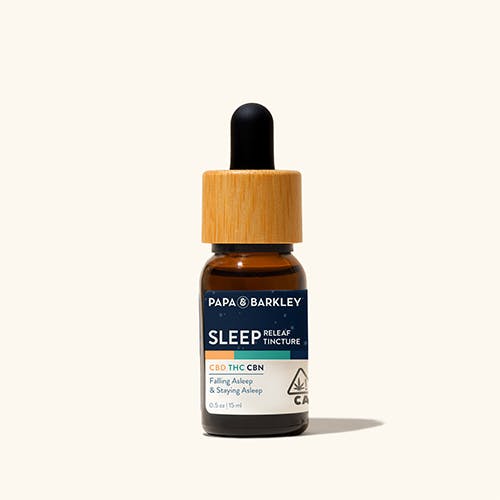Some forms of cannabis extraction utilize solvents, which are chemicals that are used to break down the flower and extract its essential oils, Cannabinoids, Terpenes, and other compounds. These compounds are often used in making concentrates like hash, oil, shatter, and wax. Common solvents used in cannabis extraction are ethanol and CO2.
Cannabis Extraction & Solvents
What Are Solvents in Cannabis Extraction? What Are They Used For?
With cannabis, solvents are used to break down the flower and extract its essential oils, Cannabinoids, Terpenes, and other compounds often used in making concentrates like hash oil, shatter, and wax. While we here at P & B use no solvents in the making of our products, they’re often used in large scale extraction operations, and are very common in the cannabis Industry.
CBD & THC Extraction Methods
The list of solvents used in the cannabis industry includes butane, propane, alcohol, carbon dioxide, and more.It may sound scary, but a respectable extractor will make sure that none of this ends up in the final product, as the solvents are purged using heat and other methods during the concentrate-making process. The type of solvent used can dramatically alter the extraction process and quality of the final product.

Plant-powered solutions in your inbox.
Signup for product updates & the latest news.
CO2 Cannabis Extraction
C02 is considered among the highest quality solvents and is especially useful at extracting flavorful terpenes and cannabinoids. Additionally, CO2 easily evaporates out of the extract and is non-combustible. However, the process requires the gas to be pressurized into a liquid, requiring expensive equipment.
Butane & Propane Cannabis Extraction
Petroleum based solvents, like Butane and Propane, are also very good at extracting cannabis concentrates but require delicate care in making. Both Propane and Butane extraction methods are more difficult as they are highly flammable and can cause explosions if made improperly or by an inexperienced producer.
Other Forms of Cannabis Extraction
Alcohol solvents, like isopropyl (rubbing) alcohol, are also flammable but to a much lesser degree, making it very safe to use. The drawback is that they result in smaller yields than other solvents, so they’re often used as a secondary solvent.
It’s important to know that small traces of solvents left in poor quality extracts can be harmful if combusted and consumed, so it’s important to make sure you are purchasing extracts from a legitimate, licensed, and accountable source. Any reputable manufacturer will include third party testing for residual solvents on their boxes.
Cannabis Extract Dosing
Proper dosage is especially important with cannabis products, as Cannabinoids do not increase in therapeutic effects with a higher dosage like most medications do. While cannabis is extremely safe to use, dosage is key in extracting the greatest positive effects and avoiding adverse effects like an uncomfortable level of psychoactivity or desensitization to Cannabinoids.
When it comes to dosing with cannabis, less is more when unlocking its benefits. Among the easiest ways to properly dose cannabis is with THC or CBD tinctures.
Tinctures are concentrated cannabis flower extracts dissolved in alcohol. Not only are tinctures far lower in calories than traditional edibles, they also come in several variations, both psychoactive and non-psychoactive, making it easy to find one for your needs.
 |
CBD & THC TincturesTinctures, when applied under the tongue and absorbed through the mouth, absorb much faster into your bloodstream and avoid the relatively high wait time of digested edibles. Additionally, tinctures are odorless and not easily confusable with normal food items. Excellent for medicinal consumption, tinctures can come rich in CBD and THCa. Both are non-psychoactive yet extremely beneficial and avoid the irritation and detriments from combustion or inhalation. |
Tips for Using Cannabis Tinctures
To properly use a tincture, you’re going to want to place one drop at a time under the tongue and wait about 30 seconds before swallowing. By taking the tincture sublingually (under the tongue), the tincture has time to absorb into the mouth lining. Wait 15 minutes in between drops to figure out your desired dosage, which you’ll be able to take all at once in the future. Tinctures can also be applied to food, but like edibles, this takes longer to digest and to take effect.




